Bamboo is universally recognized as a plant with thousands of uses. It’s fast-growing, sustainable, strong, and versatile. For many centuries, people have used bamboo for food, for building, for furniture, for crafts, and endless applications. Bamboo is also famous for its diversity. Botanists have identified at least 1,200 species of bamboo, and some say there are as many as 2,000 cultivars. Each variety has its own distinct characteristics, so some species of bamboo are certainly more useful than others. Which leads us to ask, what are the most useful species of bamboo?
Strong, woody, and resilient, every type of bamboo has the potential to be useful for crafts and building. Moso bamboo, or Phyllostachys edulis, is probably the most useful species of all. This Chinese timber variety is the raw material used in bamboo flooring, bamboo clothing, and a host of commercial bamboo applications. Throughout Central and South America, they use the massive Guadua angustifolia for all manner of construction. In Indonesia and elsewhere in Southeast Asia, the giant Dendrocalamus asper is the first choice for building. In the temperate climates of the United States, other varieties of bamboo tend to be more popular. But ultimately, the usefulness of your bamboo is only as limited as your imagination.
NOTE: This article first appeared in August 2020, most recently updated in May 2024.
| Botanical name | Common name | Description |
| Bambusa oldhammi | Oldham’s | The most popular timber variety grown in the United States. |
| Dendrocalamus asper | Iron bamboo | Massive bamboo from Southeast Asia. |
| Guadua angustifolia | Giant bamboo from Latin America. | |
| Phyllostachys edulis | Moso bamboo | Chinese timber bamboo used for flooring, clothing, construction. |
| Phyllostachys nigra | Black bamboo | Very attractive bamboo useful in crafts and building. |
| Phyllostachys stimulosa | Slender poles, with long internodes and thick culm walls. | |
| Pseudosasa japonica | Arrow bamboo | Straight and slender canes, traditionally used for arrows. |
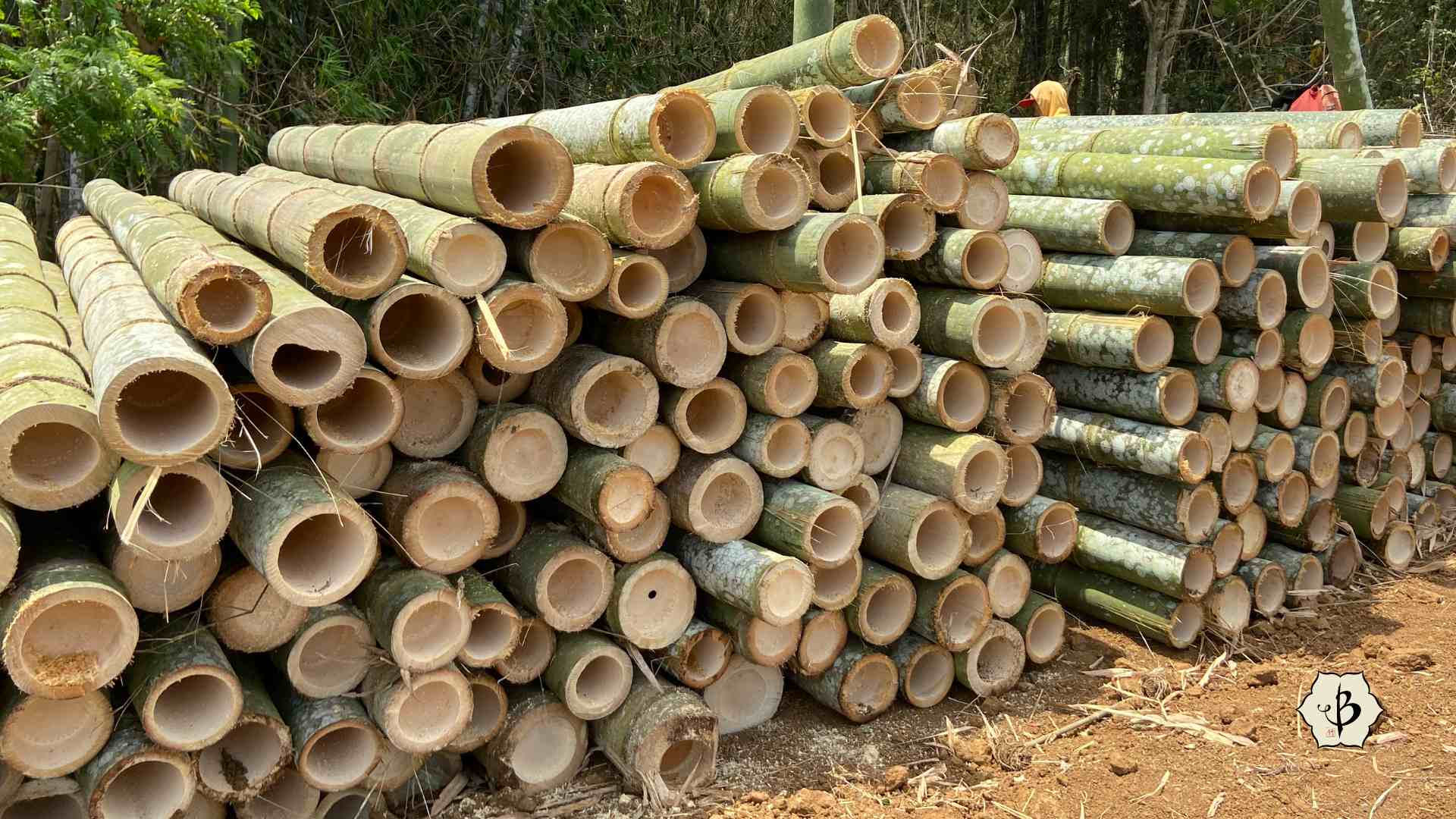
What makes bamboo useful?
In deciding which kind of bamboo is more useful than others, you have to consider a few basic factors. Not every bamboo is going to be equally useful for every individual.
Location
The first criterion to think of is your location. Different bamboos grow in different parts of the world, and the climate is going to be a major consideration as well. A New World species of bamboo is not going to be very useful if you live in Japan, for example. And if you live in Costa Rica, you probably won’t try to use a Chinese variety of bamboo. In the United States, on the other hand, we hardly have any native bamboo, so the plants will almost always be of foreign extraction, and the bamboo materials are generally imported as well.
In terms of climate, some bamboo is indigenous to the tropical and subtropical regions, while other bamboos have a native habitat that is more temperate. Typically, the tropical bamboos tend to have a clumping rhizome system and a more manageable growth habit, while the temperate species are more likely to have the running rhizomes which can spread more aggressively and even become invasive.
If you’re looking for a bamboo variety to grow yourself, the climate is probably going to be the most important thing to look at. In the United States, you’ll have trouble growing the giant tropical varieties, unless you’re someplace like Florida, and possibly Texas or Southern California. Even so, the bamboo is unlikely to thrive and achieve the same stature it would reach in its native habitat.
Application
When you ask whether a bamboo species is useful, you also have to specify what use you have in mind. If you’re building a bamboo fountain, for example, a solid variety of bamboo won’t be useful. However, if you’re making furniture, then solid bamboo might be great.
If you’re looking for an ornamental use in your garden, something with irregular or zig-zagging culms might be desirable. But if you want to make arrows for archery, then you’ll prefer the canes to be perfectly straight. And if you’re looking for edible bamboo shoots, you will have other criteria.
Most of the time, when people talk about the usefulness of bamboo, they are talking about using the poles for building and construction. For this purpose, the largest and strongest bamboos are going to be the most desirable. There are many species of timber bamboo, but there are only a select handful of giant bamboo varieties that grow especially huge with particularly thick culm walls, making them extremely strong and ideal for construction .
The most useful bamboo varieties
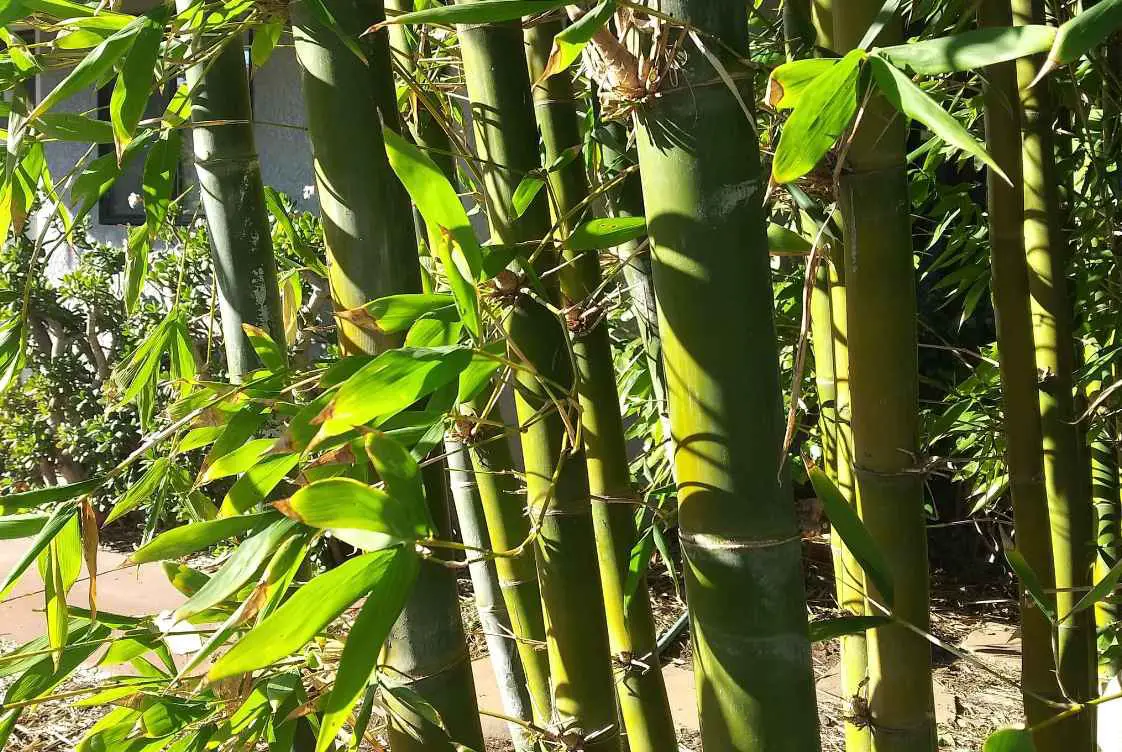
Bambusa oldhamii
One of the more common genera of bamboo, Bambusa contains well over 100 species, mostly native to Asia and the Pacific Islands. Many of these clumping bamboos are popular garden specimens, especially Oldham’s (Bambusa oldhamii).
Most species of Bambusa grow tall and upright, with handsome canes up to 40-60 feet high. One of the best species for building purposes is Bambusa bambos. Also known as Giant Thorny Bamboo, this variety can get up to 100 feet tall. Its poles have very thick walls, and when growing, the plant has a very dark green appearance. But the thorns make it harder to work with.
Besides home construction, these species are also useful for a variety of applications. Bambusa poles are great for fencing, scaffolding, thatching, and crafts. Bambusa varieties are also well-known for their tasty and edible shoots.
If you’re looking for a resilient tropical species that can produce impressive volumes of biomass, you might also consider Bambusa balcooa.

Dendrocalamus asper
Found throughout Indonesia, Southeast Asia and the Philippines, this prolific species is used for everything from houses and bridges to housewares and musical instruments. Its young shoots can also be the source of a nutritious meal. Mature culms can exceed 5 or 6 inches in diameter and reach nearly 100 feet in height.
You’ll find the most impressive monuments of Dendrocalmus asper on the island of Bali in Indonesia. Here, John Hardy and the architecture and design firm known as IBUKU have built some of the world most astonishing bamboo houses and structures with D. asper.
In fact, they have even built a school with the world’s first all-bamboo campus. Check out the Bali Green School to learn more. Or visit Bamboo U to sign up for one of Hardy’s intensive courses in bamboo construction.
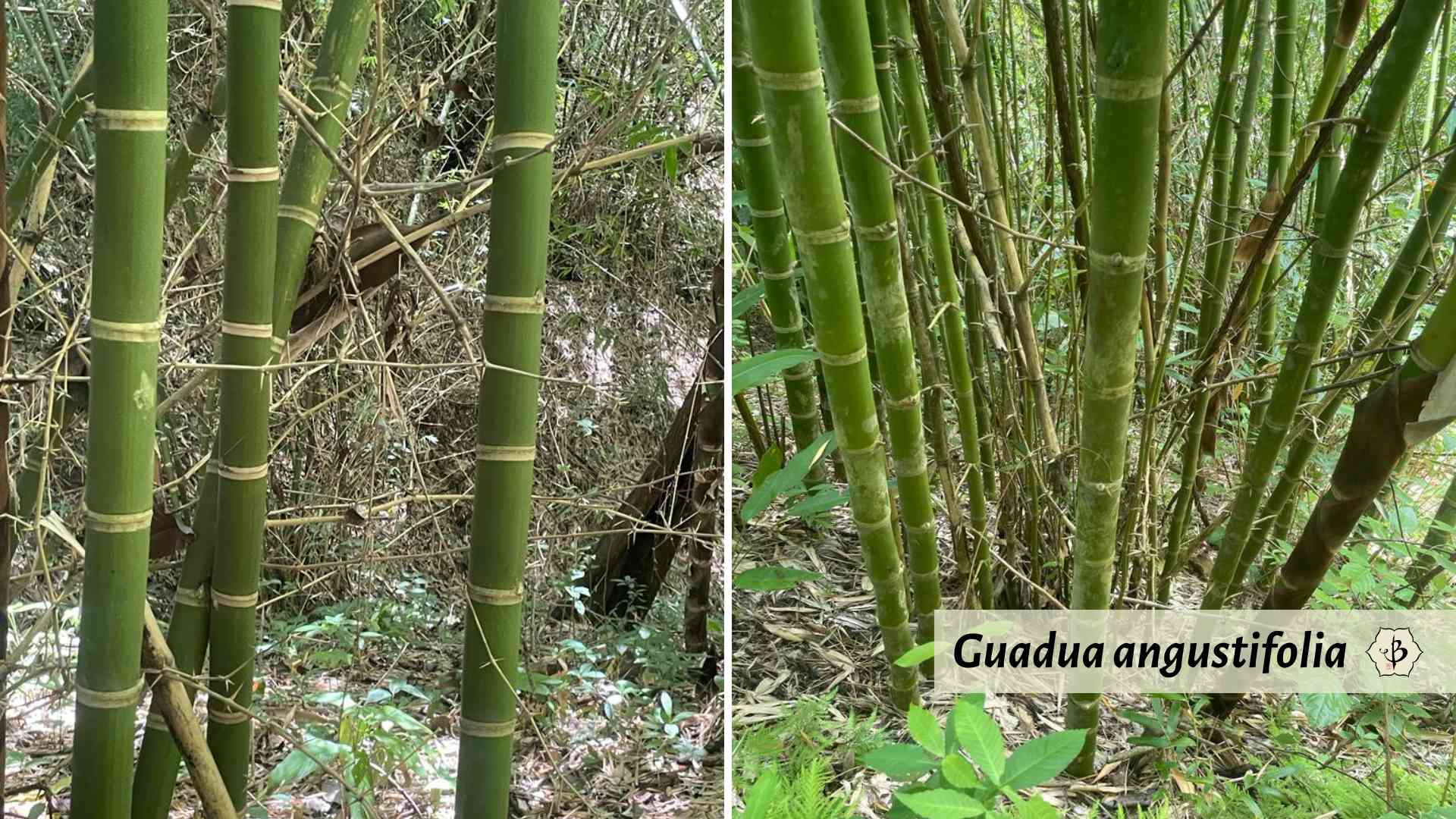
Guadua angustifolia
Guadua is a neotropical variety, meaning that it grows indigenously in the tropic and subtropic regions of the New World, namely Central and South America. And these are clumping bamboos, as opposed to the more aggressive running types. Guadua angustifolia, native to the high elevations between Venezuela and Peru, is the most widely used. But other species are also common, depending mainly on the geography. Commonly referred to as Iron Bamboo (like some other species), Guadua is similar to Asper in size, but believed to be even stronger and harder.
Bamboo construction is widespread in Latin America, especially in Colombia and Ecuador, where it has a long history. Simón Vélez, of Colombia, is one of the best-known gurus in the field of bamboo construction. His bamboo structures in Asia and Latin America are legendary.
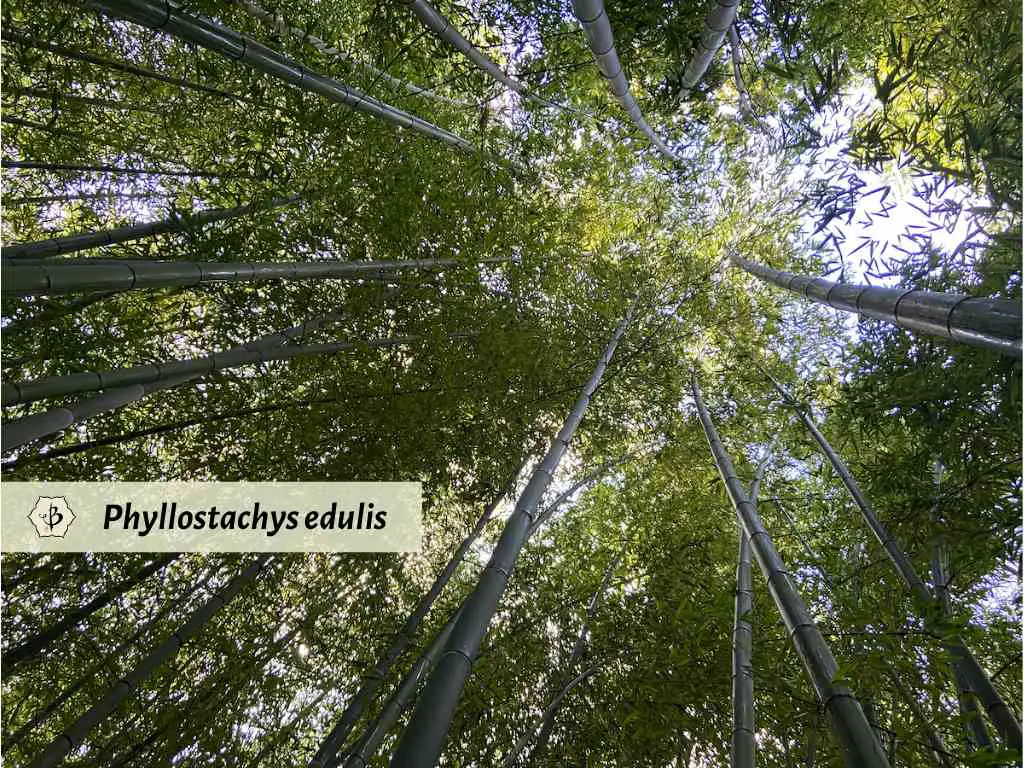
Phyllostachys edulis
One of the most important bamboo varieties in the world, Moso bamboo is the Chinese species used for making bamboo textiles, flooring and cutting boards. It grows best in southern China, but commercial bamboo farms are also sprouting up in Florida. This is the largest species of temperate bamboo, and grows up to 100 feet in its native habitat.
In Florida, Moso can get up to 75 feet high with culms 6 or 7″ thick. You can also grow Moso bamboo in colder climates, as its hardy down to about 5-10º F. It won’t get nearly as large in the colder regions, but neither will it spread out of control. All members of the genus Phyllostachys are runners, and in the warmer weather this one does have a tendency to become invasive.
Tender young shoots of Moso bamboo are also prized for eating. As you might have guessed, the species name, edulis, comes from its being edible.
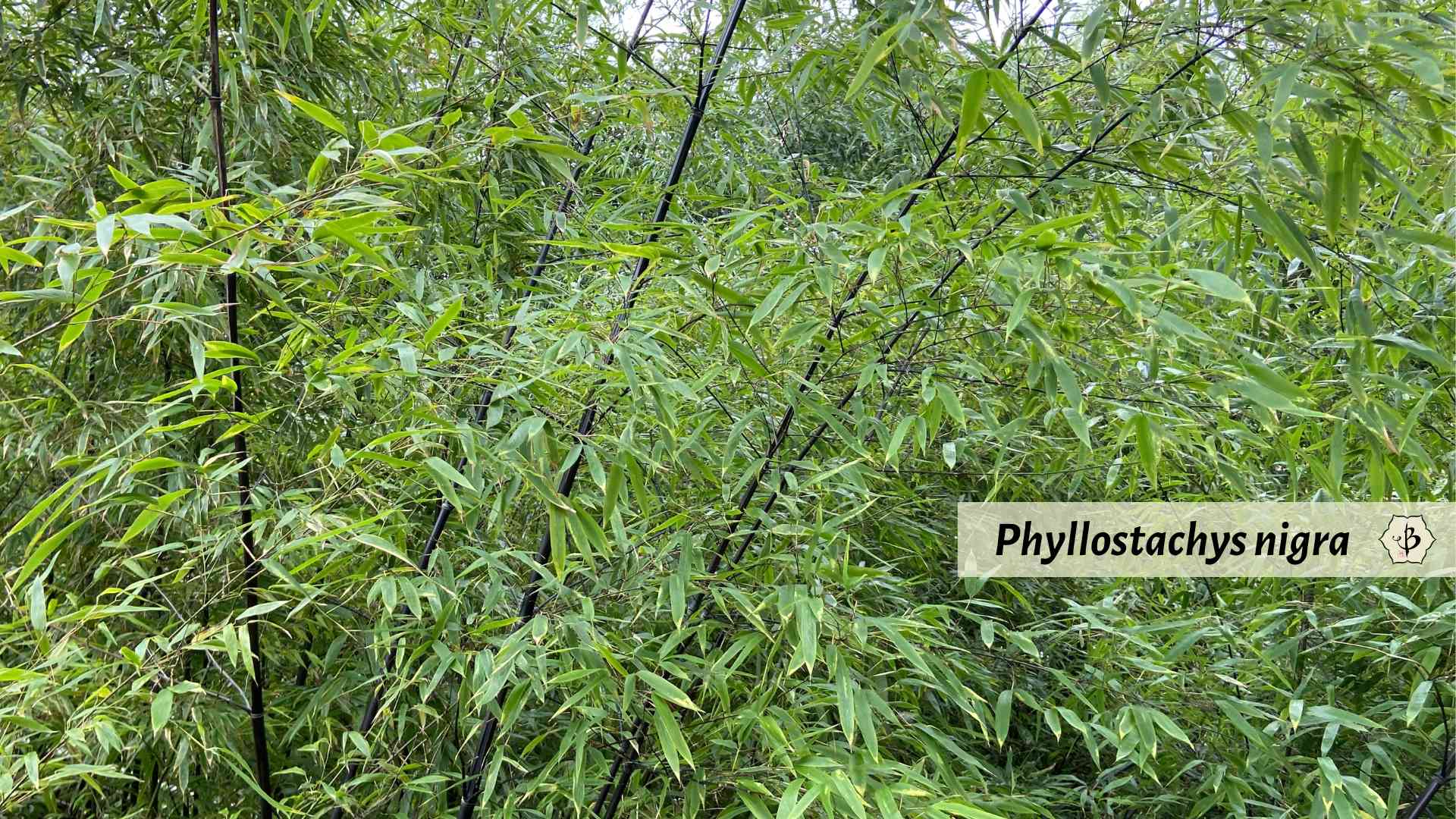
Phyllostachys nigra
The distinctively dark brown (not quite black) shoots make this one of the most popular strains of bamboo, and any nursery that sells bamboo is likely to have some of this on hand. As the plant matures, the dark color of the culms grows richer, making for a very attractive contrast against the bright green leaves.
Native to the Hunan Province of southern China, gardeners now cultivate black bamboo all over the world. Although it thrives best in its own subtropical habitat, it can grow very well in USDA zones 7-10. If planted in rich, loamy soil, black bamboo can get 20 to 30 feet tall with mature culms of 2″ in diameter. This running bamboo spreads quickly though, so be careful
A healthy specimen can easily act as the centerpiece in a garden, with its distinctly dark canes, and its billowing foliage. Once harvested and dried, black bamboo is also excellent to work with. The richly-colored poles lend themselves to any number of decorative uses, from fencing to furniture.
Phyllostachys stimulosa
Another cold hardy, running bamboo, this variety grows 10-20 feet tall with slender, dark green 1 inch canes. Phyllostachys stimulosa has unusually long internodes and thicker than average culm walls, making it a superb choice for many types of crafts. This fast-growing and attractive species is popular as a privacy screen as well.
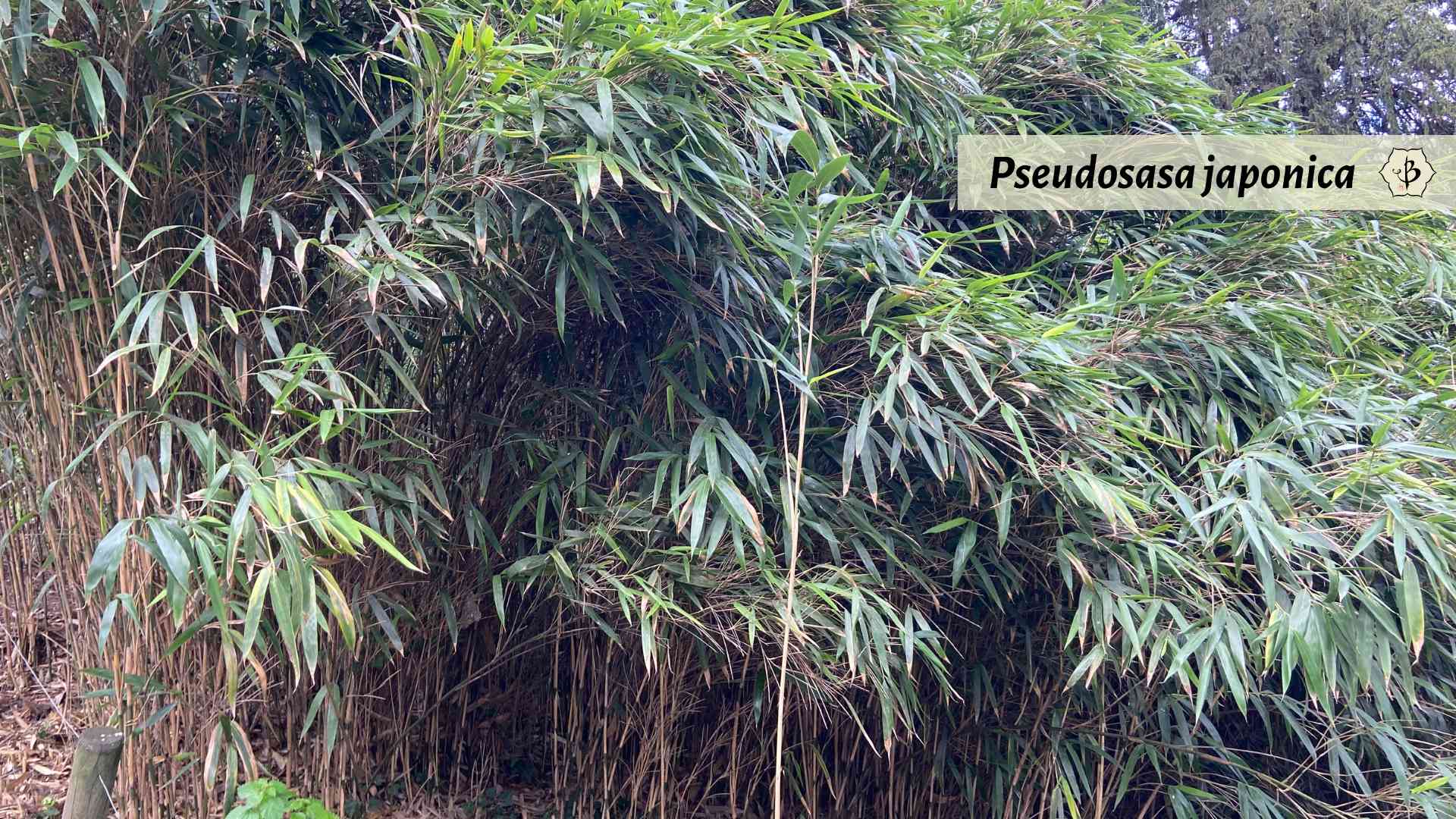
Pseudosasa japonica
Arrow bamboo earned its name from its long, strong, straight poles, which Samurai warriors once used to make arrows. Today it’s a great choice for planting in shady corners of the garden. Also, though technically classified as a runner, it has a far more restrained growth habit than most bamboos of that class. The broad green leaves make this a very vibrant and attractive specimen.
Arrow bamboo is an excellent candidate for privacy screens as it grows thick and dense. Its height, usually about 12 to 16 feet, makes it more manageable as well. An especially good choice for privacy hedges with height restrictions.

Further reading
If you enjoyed this article about the most useful varieties of bamboo, please consider sharing the blog post or subscribing to our mailing list. You might also be interested in some of the following links:
- Best bamboo varieties for your garden
- Best bamboo for construction
- Edible bamboo shoots
- Timber bamboo
- Bamboo and carbon sequestration
- Best cold hardy bamboos for snowy climates
PHOTO CREDIT: A forest of Moso, the world’s most widely used bamboo species. Photo by Fred Hornaday.

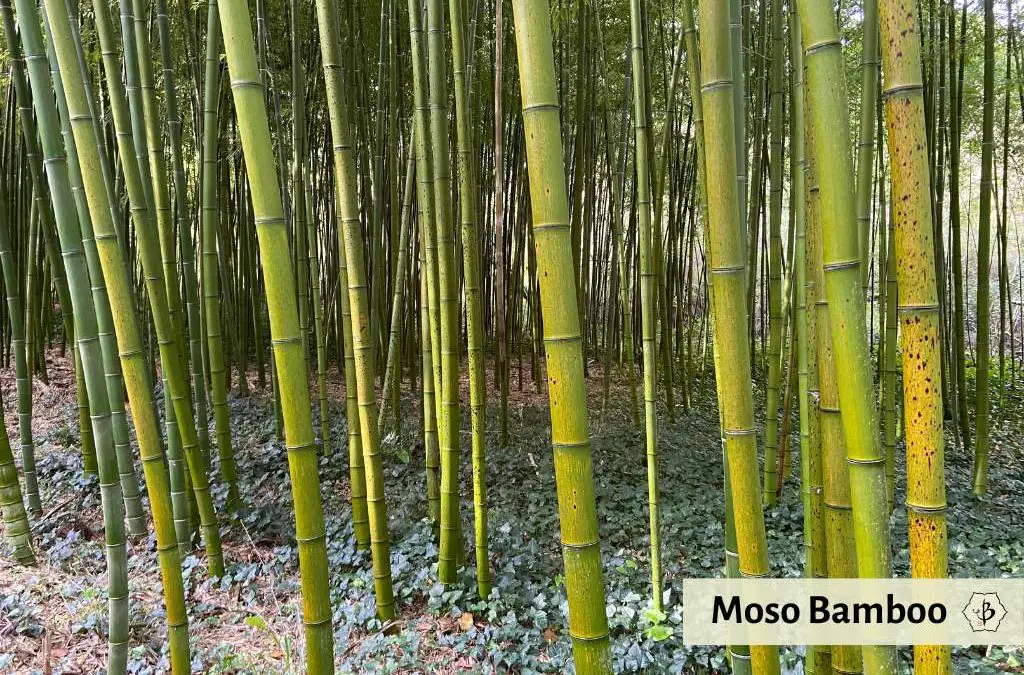
























You didn’t add Dendrocalamus brandisii which is the best.
Indeed, that’s a very important species in certain parts of the world.